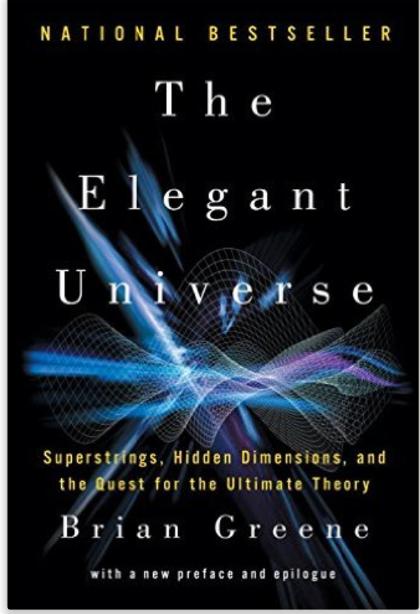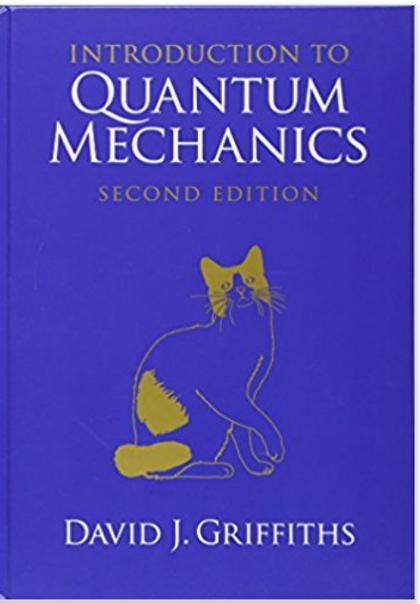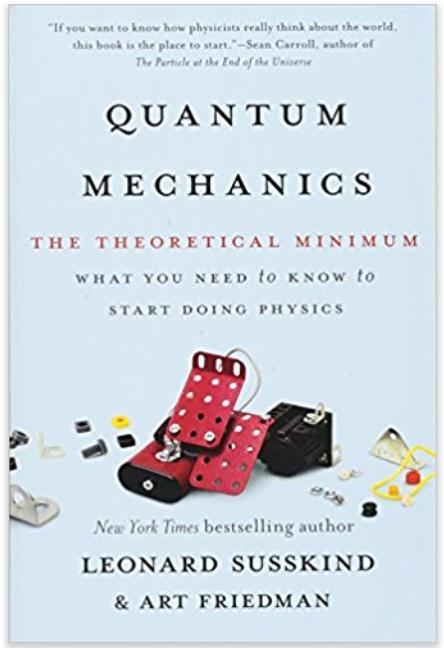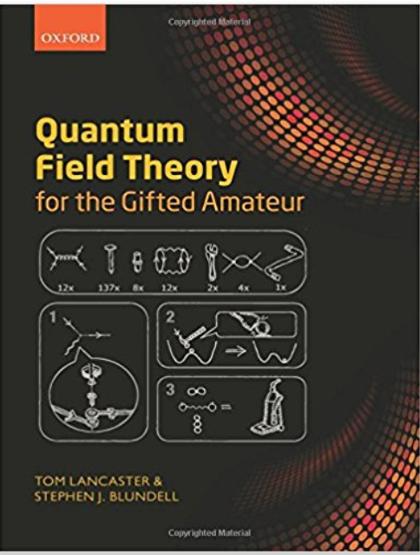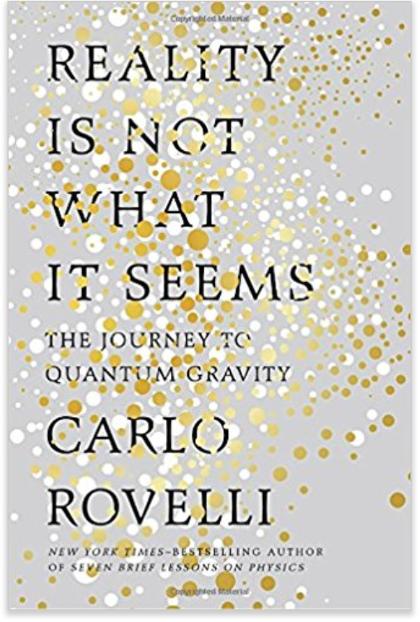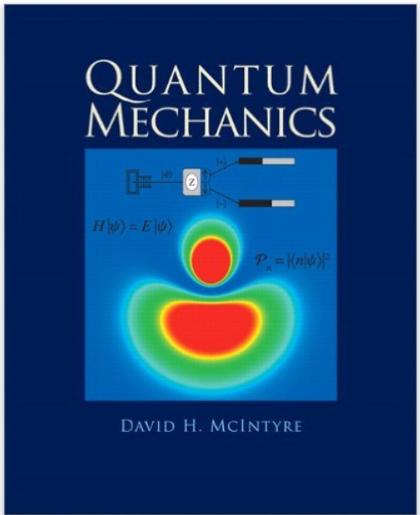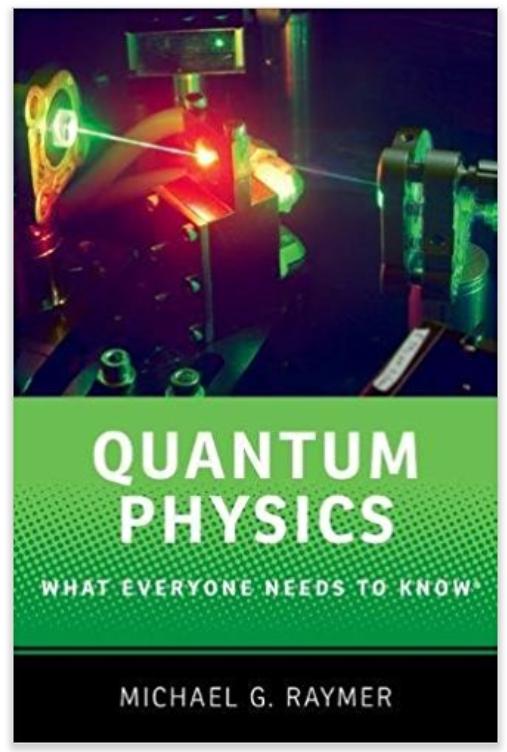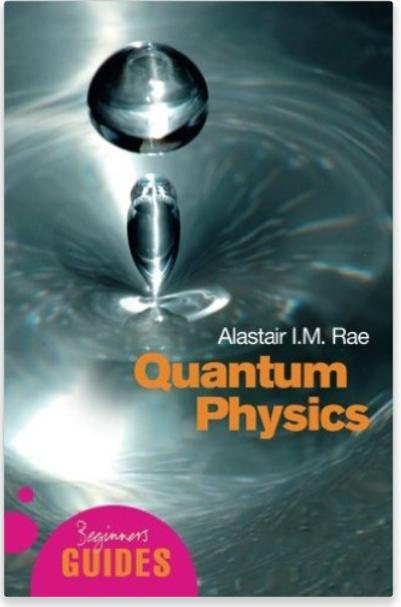Books
Here you will find the work of those just insane enough to attempt to explain, well, everything between the covers.
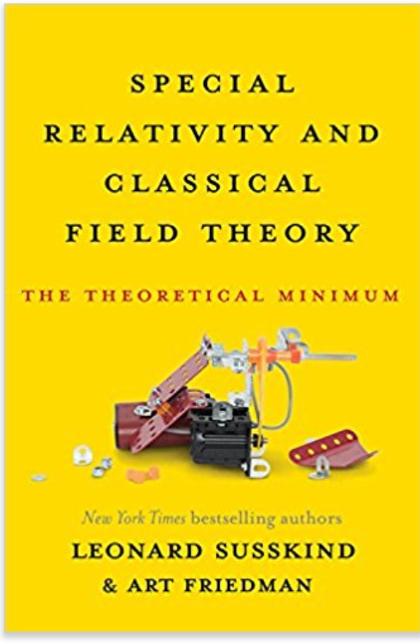
Physicist Leonard Susskind and data engineer Art Friedman are back. This time, they introduce readers to Einstein's special relativity and Maxwell's classical field theory. Using their typical brand of real math, enlightening drawings, and humor, Susskind and Friedman walk us through the complexities of waves, forces, and particles by exploring special relativity and electromagnetism. It's a must-read for both devotees of the series and any armchair physicist who wants to improve their knowledge of physics' deepest truths.
The Elegant Universe (Greene)
The international bestseller that inspired a major Nova special and sparked a new understanding of the universe, now with a new preface and epilogue.
Brian Greene, one of the world's leading string theorists, peels away layers of mystery to reveal a universe that consists of eleven dimensions, where the fabric of space tears and repairs itself, and all matter―from the smallest quarks to the most gargantuan supernovas―is generated by the vibrations of microscopically tiny loops of energy. The Elegant Universemakes some of the most sophisticated concepts ever contemplated accessible and thoroughly entertaining, bringing us closer than ever to understanding how the universe works.
INTRODUCTION TO QUANTUM MECHANICS - 2nd Edition
This bestselling undergraduate quantum mechanics textbook is now available in a re-issued, affordable edition from Cambridge University Press. The text first teaches students how to do quantum mechanics, and then provides them with a more insightful discussion of what it means. The author avoids the temptation to include every possible relevant topic, instead presenting students with material that they can easily focus on in a complete treatment with few distractions and diversions. Fundamental principles are covered, quantum theory is presented, and special techniques are developed for attacking realistic problems. The innovative two-part coverage is entertaining and informative, organizing topics under basic theory and assembling an arsenal of approximation schemes with illustrative applications linked closely to the text.
QUANTUM MECHANICS: THE THEORETICAL MININUM (Susskind & Friedman)
First he taught you classical mechanics. Now, physicist Leonard Susskind has teamed up with data engineer Art Friedman to present the theory and associated mathematics of the strange world of quantum mechanics.
In this follow-up to the New York Times best-selling The Theoretical Minimum, Susskind and Friedman provide a lively introduction to this famously difficult field, which attempts to understand the behavior of sub-atomic objects through mathematical abstractions. Unlike other popularizations that shy away from quantum mechanics' weirdness, Quantum Mechanics embraces the utter strangeness of quantum logic. The authors offer crystal-clear explanations of the principles of quantum states, uncertainty and time dependence, entanglement, and particle and wave states, among other topics, and each chapter includes exercises to ensure mastery of each area. Like The Theoretical Minimum, this volume runs parallel to Susskind's eponymous Stanford University-hosted continuing education course.
An approachable yet rigorous introduction to a famously difficult topic, Quantum Mechanics provides a tool kit for amateur scientists to learn physics at their own pace.
Quantum Field Theory for the Gifted Amateur 1st Edition
Quantum field theory is arguably the most far-reaching and beautiful physical theory ever constructed, with aspects more stringently tested and verified to greater precision than any other theory in physics. Unfortunately, the subject has gained a notorious reputation for difficulty, with forbidding looking mathematics and a peculiar diagrammatic language described in an array of unforgiving, weighty textbooks aimed firmly at aspiring professionals. However, quantum field theory is too important, too beautiful, and too engaging to be restricted to the professionals. This book on quantum field theory is designed to be different. It is written by experimental physicists and aims to provide the interested amateur with a bridge from undergraduate physics to quantum field theory. The imagined reader is a gifted amateur, possessing a curious and adaptable mind, looking to be told an entertaining and intellectually stimulating story, but who will not feel patronised if a few mathematical niceties are spelled out in detail. Using numerous worked examples, diagrams, and careful physically motivated explanations, this book will smooth the path towards understanding the radically different and revolutionary view of the physical world that quantum field theory provides, and which all physicists should have the opportunity to experience.
REALITY IS NOT WHAT IT SEEMS: The Journey to Quantum Gravity (Rovelli)
From the New York Times–bestselling author of Seven Brief Lessons on Physics, a closer look at the mind-bending nature of the universe.
What are the elementary ingredients of the world? Do time and space exist? And what exactly is reality? Theoretical physicist Carlo Rovelli has spent his life exploring these questions. He tells us how our understanding of reality has changed over the centuries and how physicists think about the structure of the universe today.
In elegant and accessible prose, Rovelli takes us on a wondrous journey from Democritus to Albert Einstein, from Michael Faraday to gravitational waves, and from classical physics to his own work in quantum gravity. As he shows us how the idea of reality has evolved over time, Rovelli offers deeper explanations of the theories he introduced so concisely in Seven Brief Lessons on Physics.
This book culminates in a lucid overview of quantum gravity, the field of research that explores the quantum nature of space and time, seeking to unify quantum mechanics and general relativity. Rovelli invites us to imagine a marvelous world where space breaks up into tiny grains, time disappears at the smallest scales, and black holes are waiting to explode—a vast universe still largely undiscovered.
Quantum Mechanics: A Paradigms Approach 1st Edition
This innovative new text presents quantum mechanics in a manner that directly reflects the methods used in modern physics research—making the material more approachable and preparing students more thoroughly for real research. Most texts in this area start with a bit of history and then move directly to wave-particle problems with accompanying heavy mathematical analysis; Quantum Mechanics provides a foundation in experimental phenomena and uses a more approachable, less intimidating, more powerful mathematical matrix model. Beginning with the Stern-Gerlach experiments and the discussion of spin measurements, and using bra-ket notation, the authors introduce an important notational system that is used throughout quantum mechanics. This non-traditional presentation is designed to enhance students’ understanding and strengthen their intuitive grasp of the subject.
QUANTUM PHYSICS: WHAT EVERYONE NEEDS TO KNOW (Raymer)
Around 1900, physicists started to discover particles like electrons, protons, and neutrons, and with these discoveries believed they could predict the internal behavior of the atom. However, once their predictions were compared to the results of experiments in the real world, it became clear that the principles of classical physics and mechanics were far from capable of explaining phenomena on the atomic scale. With this realization came the advent of quantum physics, one of the most important intellectual movements in human history. Today, quantum physics is everywhere: it explains how our computers work, how lasers transmit information across the Internet, and allows scientists to predict accurately the behavior of nearly every particle in nature. Its application continues to be fundamental in the investigation of the most expansive questions related to our world and the universe.
However, while the field and principles of quantum physics are known to have nearly limitless applications, the fundamental reasons why this is the case are far less understood. In Quantum Physics: What Everyone Needs to Know, quantum physicist Michael G. Raymer distills the basic principles of such an abstract field, and addresses the many ways quantum physics is a key factor in today's science and beyond. The book tackles questions as broad as the meaning of quantum entanglement and as specific and timely as why governments worldwide are spending billions of dollars developing quantum technology research. Raymer's list of topics is diverse, and showcases the sheer range of questions and ideas in which quantum physics is involved. From applications like data encryption and quantum computing to principles and concepts like "quantum nonlocality" and Heisenberg's uncertainty principle, Quantum Physics: What Everyone Needs to Know is a wide-reaching introduction to a nearly ubiquitous scientific topic.
From quarks to computing, this fascinating introduction covers every element of the quantum world in clear and accessible language. Drawing on a wealth of expertise to explain just what a fascinating field quantum physics is, Rae points out that it is not simply a maze of technical jargon and philosophical ideas, but a reality which affects our daily lives.
